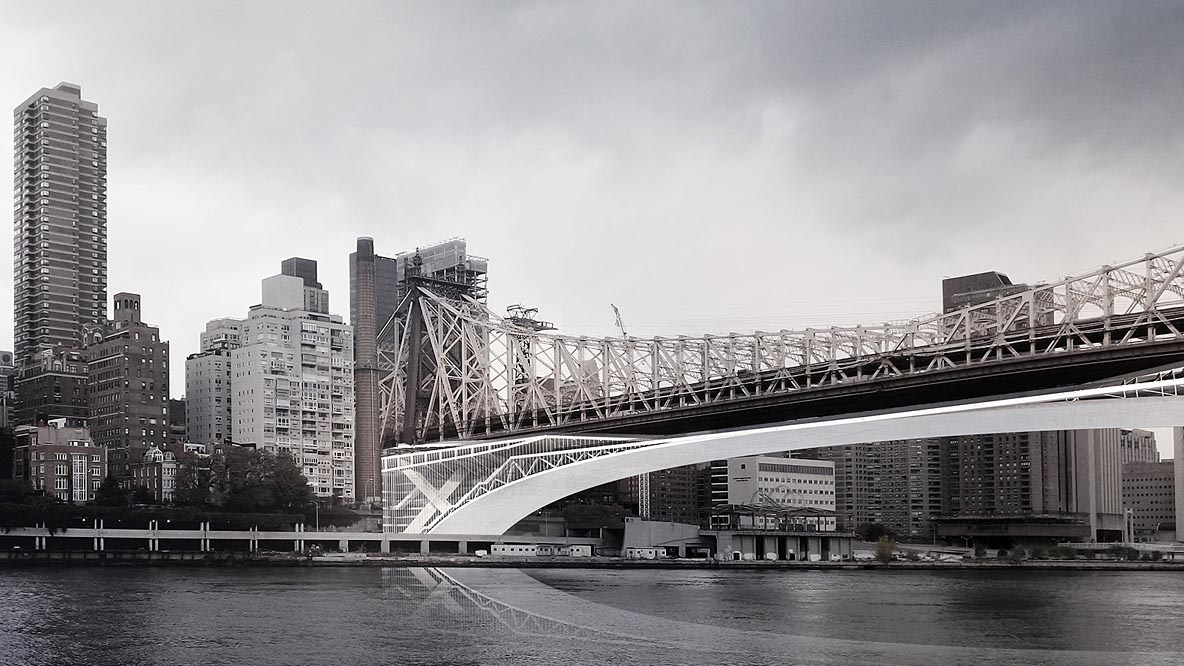What if a bridge could also be a community center? That’s what architect Sunggi Park envisioned in his Harvard thesis project “Re-configurable Infrastructure,” which just got a special mention in the annual d3 Unbuilt Visions competition — an annual celebration of visionary and theoretical architecture across the world.

Using the Queensboro Bridge as an example, Park finds a way to not only make use of under-utilized space under bridges and aqueducts, but also make them stronger. These massive structures must be reinforced, updated and in some cases, entirely repurposed to keep pace with the demands of a large city. Park’s submission expands on this observation and blurs the lines between infrastructure, architecture and community space. “We could identify the notion of obsolescence which was a static, yet it can be redefined as a dynamic organ,” he writes. “So the vision of this project is a finding ideas of re-configurable infrastructures to be a regenerative figure.”

Park’s bridge design includes five layers, with the top layer being used for the sort of traditional transportation we associate with bridges (cars, pedestrian walkways) and the bottom four being used for restaurants, gyms, community centers, cafeterias and auditoriums. Check out the project here.

(Image: Sunggi Park)



